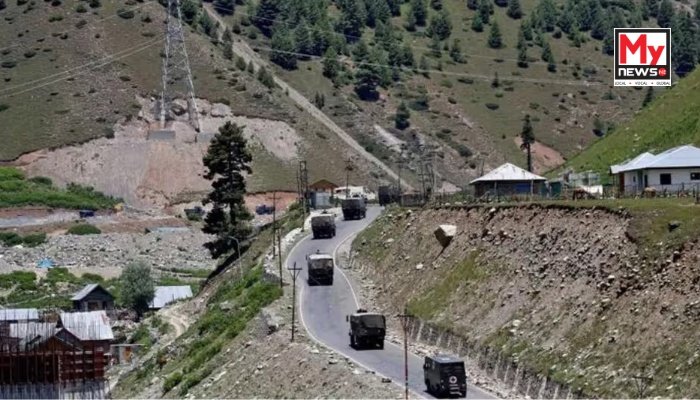Arunachal: Vibrant Village Programme Expands to Include Indo-Myanmar and Indo-Bhutan Borders
Itanagar: In a significant policy shift, the central government has announced the expansion of the Vibrant Village Programme-II (VVP-II), previously known as the Border Area Development Programme, to now encompass the strategic Indo-Myanmar and Indo-Bhutan borders.
This development follows sustained advocacy from Arunachal Pradesh Chief Minister Pema Khandu and Deputy Chief Minister Chowna Mein, who have consistently highlighted the critical need for comprehensive border development, especially for their state which shares extensive international boundaries with China, Myanmar, and Bhutan.
This broadening of the VVP-II initiative signals a departure from its earlier focus primarily on the border with China, adopting a more inclusive approach to border area development.
As a direct result of this expansion, the easternmost districts of Arunachal Pradesh, namely Tirap, Changlang, and Longding, are poised to receive focused attention and resources aimed at bolstering infrastructure, improving livelihood opportunities, enhancing road connectivity, strengthening healthcare facilities, and increasing access to education.
Chief Minister Pema Khandu expressed his profound satisfaction with the Centre’s decision, characterizing it as a “historic step” in the realm of border development. He stated, “Our persistent efforts have borne fruit. This decision will empower border communities and strengthen national security by ensuring inclusive growth right at our international frontiers.”
The revised VVP-II will bring increased financial allocations and closer monitoring to previously underserved villages situated near the Indo-Myanmar and Indo-Bhutan borders. The core objectives of the programme include mitigating outmigration, fostering economic self-sufficiency at the local level, and ensuring the more effective integration of these remote villages into the broader national framework.
The inclusion of these strategically important areas under the umbrella of VVP-II is anticipated to significantly accelerate the pace of development in this geostrategically vital region. Furthermore, it is expected to cultivate a stronger sense of belonging and integration among the residents residing in these remote international border zones.

